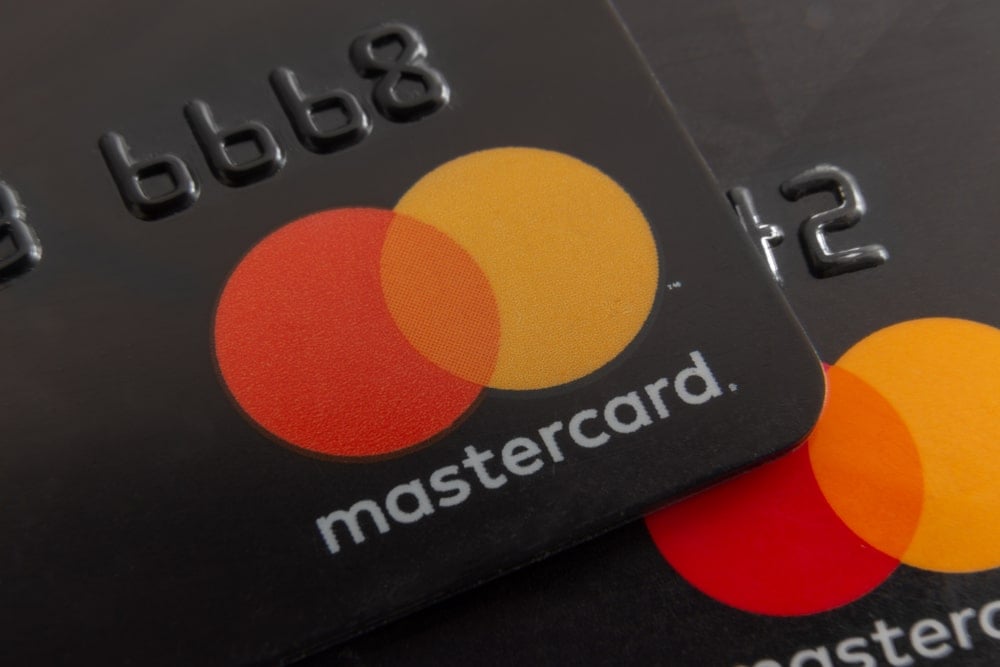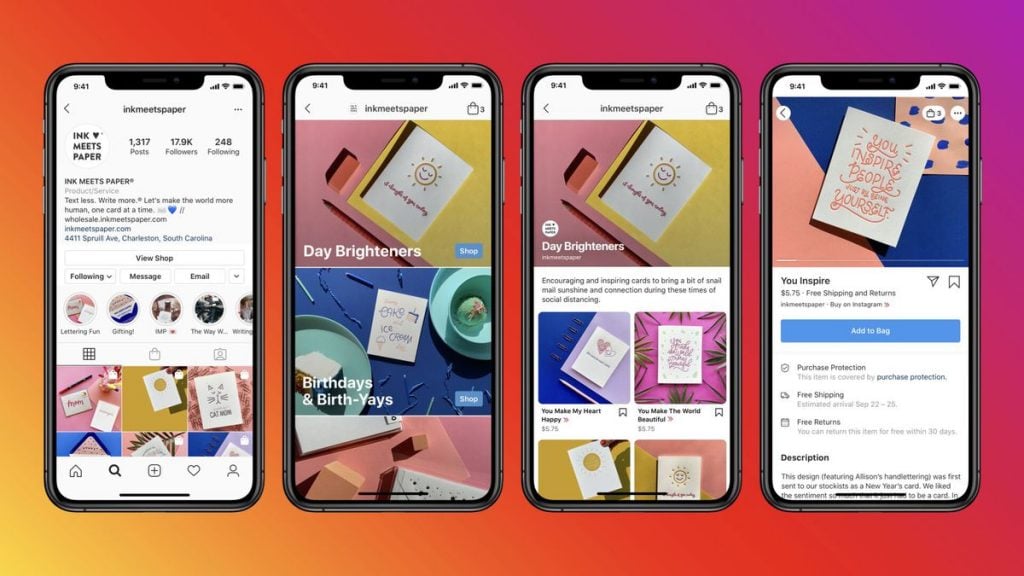When you talk about e-commerce retail superpowers, both Amazon and Walmart are said to have a tight market share battle. The world’s largest online retailer and the world’s multi-national, giant chain of hypermarkets, discount department stores, and grocery stores from the United States have been waging a war against each other since the beginning of times. This war continues as the two titans wrapped up the fourth quarter and full year, the race has never been closer by at least one major metric: share of total U.S. retail spending.
As per the latest calculations, it is observed that Amazon is ahead in four categories, whereas Walmart leading in three. In each instance where Amazon is ahead, it typically got thereby slowly and steadily chipping away at Walmart’s lead with its ever-growing digital business.
However, if the fight was only about the digital share of each entity, then there would not much discussion since Amazon’s total share of online sales is north of 50 percent and its share in several categories ranges from 30 to 40 percent.
However, owing to the favorable digital shift triggered by the pandemic, it also underscores the fact that 80 percent of retail sales are still being done in traditional stores. Factor in fast-growing hybrid transactions such as BOPIS (buy online, pick up in-store), and Walmart’s physical footprint of 6,500 domestic storefronts becomes quite formidable.
So with Amazon dominating the digital side, and Walmart controlling a bigger slice of in-store sales via its 5,500 US locations, the blended “share of total retail sales” metric becomes a more telling barometer as to who is winning the war.
Speaking of spending,online shopping and e-commerce spending rose almost 40 percent last year, to 18 percent of total retail spending, up from 13 percent in 2019. By most expectations, that digital shift is only going to deepen and accelerate this year, a trend that will continue to give Amazon a strong growth tailwind given that its 50+ percent share of online retail is 10x its rival’s share of e-commerce, a fact that will make it incredibly difficult for Walmart to keep up going forward. That e-commerce advantage is hardly new information and has propelled shares of the Seattle-based retailer more than 65 percent last year and more than 450 percent over the past five years, leaving it with a $1.5 trillion market value that is roughly four times as large as its box store rival from Bentonville. For the record, Walmart shares are up about 100 percent since 2015 as its sales grew about 20 percent, while Amazon’s gross sales almost quadrupled.
Whether selling goods online, safely and swiftly delivering them to people’s doorsteps or trying to keep brick and mortar stores open, stocked, and staffed, it was an unprecedented year of challenges that triggered an unimaginably huge digital shift in consumer buying habits
















![Transpo_PrimeDelivery_Cityscape_1[1]](https://www.ecommercenext.org/wp-content/uploads/2021/03/Transpo_PrimeDelivery_Cityscape_11.jpg)








